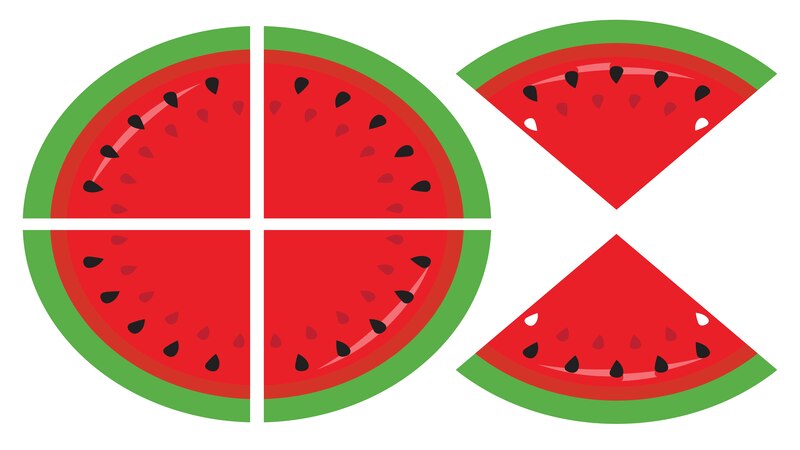
Fractions are one of the tougher mathematical concepts. Some say that if your child has mastered fractions, then all other mathematical concepts would become easy for him. And considering how much importance the concept of fractions has, both in academics and in real life, it is definitely an important concept to master, difficult or not. Experts say that how you teach fractions is very important and it has a high positive correlation to how well your child understands fractions.
8 Tips To Teach Fractions To A Child
Whether a student will be able to understand fractions or not will depend on the teaching method used. Here are few tips that the mathematics teachers follow to teach the students fractions in an optimum way. These tips are simple, and easy to grasp by the students.
-
- Use familiar analogies: An analogy makes it very easy to understand any concept. And what better analogy to teach fractions other than pizzas! It is something your child has seen and love. It is something your child has shared with other, slice by slice. The concept that “many fractions (or slices) make one whole” can be demonstrated beautifully with a pizza
- Start with familiar fractions: Most kids master the concept of half (1/2) very fast. It is recommended that you start with such familiar fractions, such as ¼, ½ and ¾
- Explain numerator and denominator until it is thorough: Ensure your child knows what a numerator is and what a denominator is. Revise this concept as many number of times as required so that it is clear for the child
- Use pictures: Use lot of pictures to explain the concept. For instance, to explain ¾, you can draw a picture of pizza cut into four pieces. Then you tell your child that out of the four pieces you have only three (while removing one slice from the picture). Ask them what remains in the picture? Three out of four pizza slices remain. That is, ¾. Similarly, any fraction can be represented pictorially and explained this way

- Teach them equality in fractions: Many fractions that look different are same. For instance, 2/4 = 1/2. How do you explain this to your child? Again, pictures are your favorite tool. Draw a pizza. Cut it into four. Ask them to shade 2 out of the 4 pieces. Now draw another pizza identical to the first one. Cut it into two. Ask them to shade one of the two slices. Now compare the two pictures. They are identical right? There! 2/4 = ½
- Talk to the school teacher: You do not want to mess up the concepts built in school. Before you start teaching your child, it might be a good idea to talk to your child’s math tutor. Has your child been already introduced to the concept of fractions? How is it being taught in the class? If you build on what your child learns in school, rather than start an altogether new method, you will see better reciprocation from your child
- Do fun worksheets: There are a number of picture based worksheets available online. You can even make them yourself with some creativity, but make sure that you try various examples. Try to do many worksheets so that your child becomes an expert in fractions
- Slow and steady wins the race: Understand that it will not be easy for your child to see rational numbers in a different way. Imagine two friends both having a cake each. The first kid has cut his cake into 3 big pieces, and the second kid has cut his cake into 8 smaller prices. The second kid would “feel” that the first kid has more cake than he has. It is difficult for your child to see rational numbers in this new light. So be patient with them. Remember that to make a concept clear, you might have to move very slowly and give as many examples as required
You might have all seen the joke where the girl says “I want my pizza to be cut into 6 slices, and not 8, as I cannot eat 8.” This joke becomes very real for your kids. The concept is not entirely clearly for many adults even. This is why it is very important you give a good foundation knowledge of fractions to your children. Once they understand fractions, it will be much easier for them to apply addition, subtraction, multiplication and division on fractions.
Good luck!

